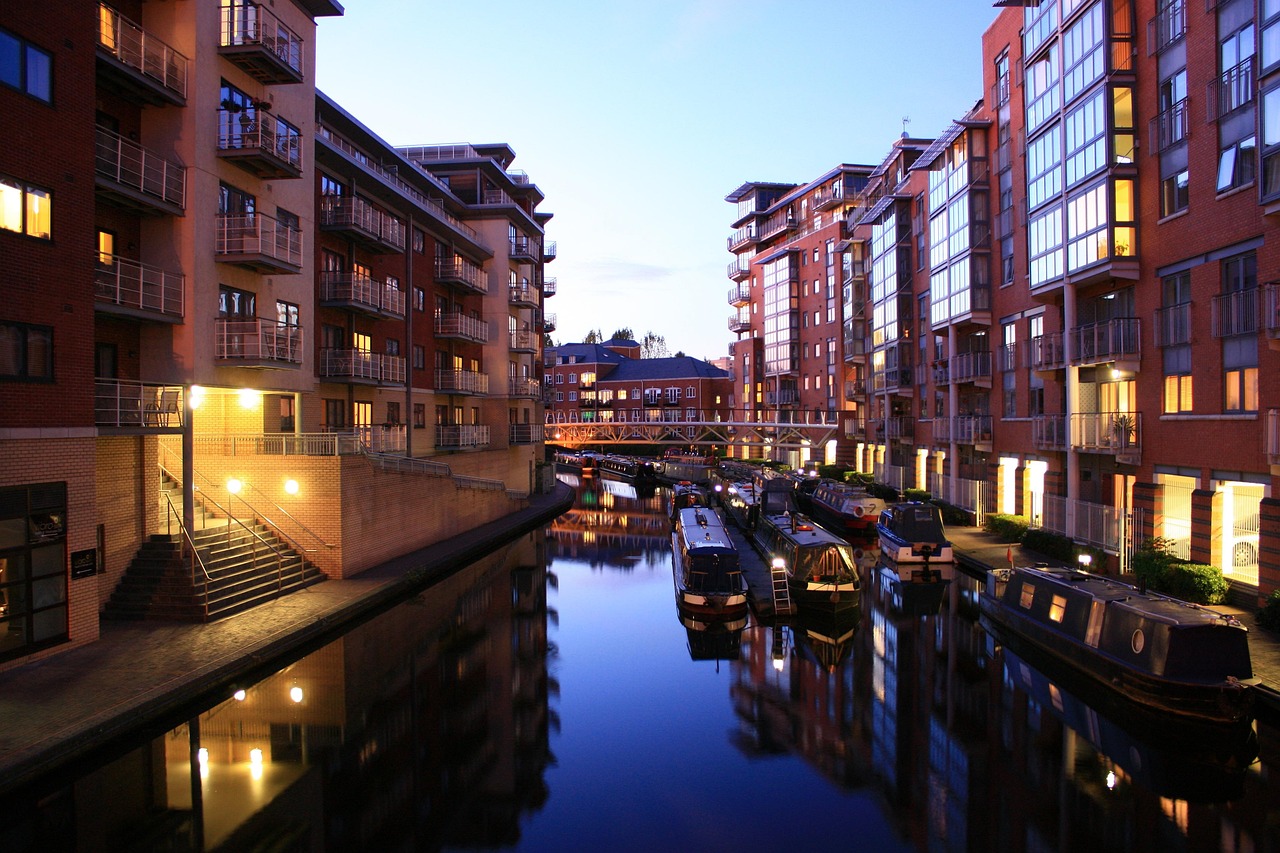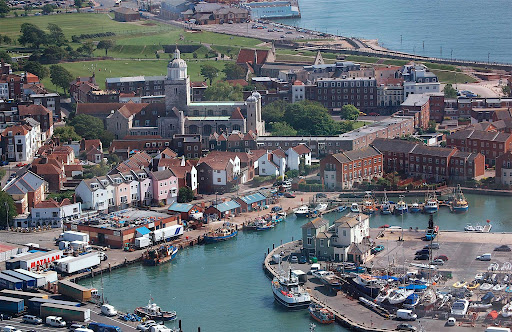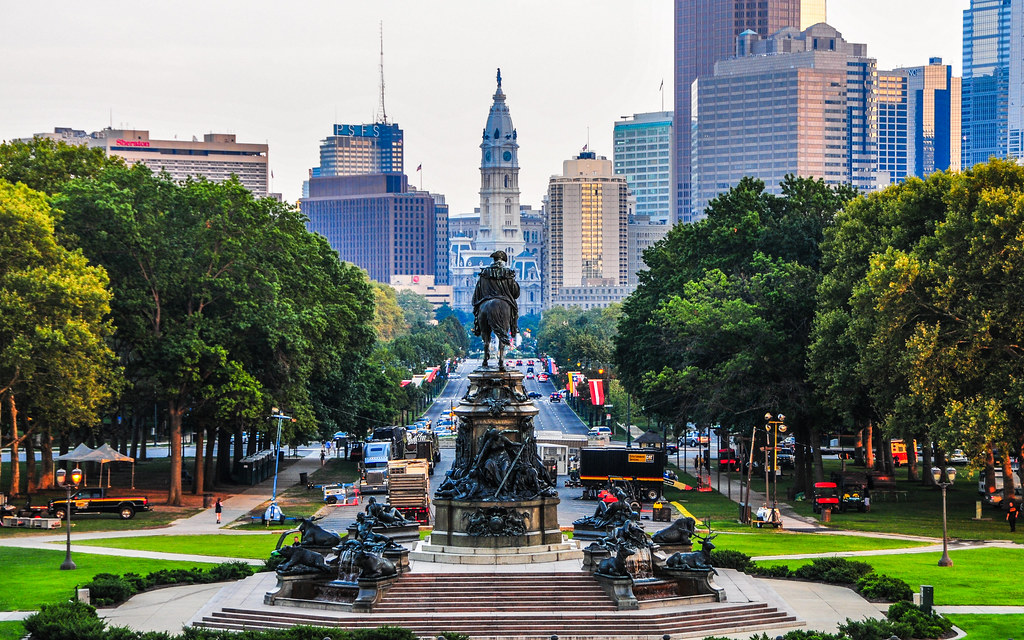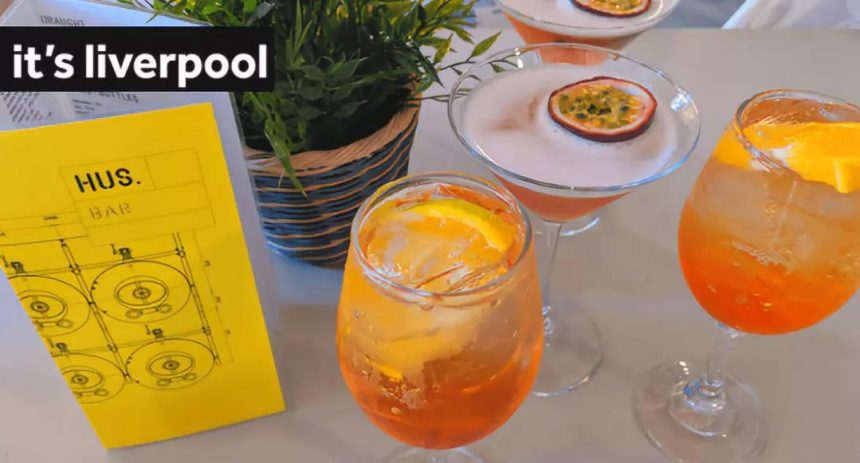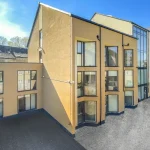Liverpool loves its leisure and entertainment, and pubs of all styles and flavours dot the streets of Liverpool. However, if you want your visit to be unique, try one of the pubs that operate in a listed building.
A listed building is registered on the Statutory List of Buildings of Special Architectural or Historic Interest, a protected building administered by Historic England. It is a protected building category administered by Historic England. Once a building is on the list, it cannot be demolished, extended or altered without special official permission.
As a city of history and culture, Liverpool has several listed buildings, some of which have received the highest Grade I rating in recent years. In contrast, others have been transformed to operate as other types of premises, such as pubs, whilst maintaining their appearance. Over the years, people from Liverpool and elsewhere have travelled to these places to wander through history and enjoy a glass or two of wine while taking in the modern cityscape.
The Albert

One of the most popular pubs on the south side of Liverpool, The Albert on Lark Lane has attracted visitors from all walks of life since it was built in the late 1800s. Grade II listed since 1975, the pub is a popular spot for locals and tourists from all over the city. The Albert pubs have a fascinating history, and in 2017, they were remodelled back to their Victorian-style origins, with fireplaces restored to their original appearance and oak floors maintained. The pub has nine high-definition screens to show major sporting events. Arguably the oldest pub in the area, it serves a wide range of craft and cask ales in various flavours.
Address: 66-68 Lark Ln, Liverpool L17 8UU
Allerton Hall

The Allerton Hall pub on Springwood Avenue was first listed in March 1975 and is affectionately known as the ‘pub in the park’. Affectionately known as the ‘pub in the park’, in 2017, the pub underwent a £1.6 million refurbishment of the building. The pub is close to Woolton, in the heart of Clarke’s Gardens, where you can walk along one of the public footpaths next to the pub and enjoy the woodland nature. Over the years, it has become famous for its delicious roasts.
Address: Springwood Ave, Liverpool L25 7UN
Arkles Pub

If you’re a fan of Liverpool Football Club, chances are you’ve already been to this pub; Arkles is a Grade II listed cultural institution in Liverpool since 1985 and is owned by Greene King. An iconic matchday must-visit bar, Arkles is a great place to watch a football match, enjoy a tasty drink and spend some quality time with fellow fans.
Address: 77 Anfield Rd, Anfield, Liverpool L4 0TJ
Black Bull

This pub in a Grade II building in Gateacre Brow was first listed in 1975. The Black Bull is close to Junction 5 of the M62 motorway and is known for its excellent food and for being a resident meeting place for friends. The pub has many customers from around the area and golfers from nearby Allerton Manor Golf Club, and it was named Liverpool Pub of the Year in 2022 by Liverpool and District CAMRA (the Pure Ale Organisation).
Address: Gateacre Brow, Gateacre, Liverpool L25 3PA
Crown Hotel

The Crown Hotel and its bar were inaugurated in Liverpool in 1859, next to Liverpool Lime train station. The building was added to the National Heritage List as a Grade II listed building in March 1975 and is one of Liverpool’s cultural treasures. The Crown Hotel, in addition to its long history, is known for its stunning ceiling patterns. The overall architecture is antique and full of intricate yet beautifully stylised designs.
Address: 43 Lime St, Liverpool L1 1JQ
Doctor Duncan’s

Doctor Duncan’s is one of Liverpool’s most recognisable pubs. It is named after William Henry Duncan, Britain’s first medical and health officer born and raised in Liverpool. The Grade II listed pub dates back to 1901 and was built for the Pearl Insurance Company. Doctor Duncan’s is renowned for its carefully tiled interior and was first listed in June 1985.
Address: St John’s Ln, Queen Square, Liverpool L1 1HF
Mere Bank

The Mere Bank on Heyworth Street is a Grade II listed building in England. Built in 1975, this public house dates back to the late 19th century. Located in Everton, opposite St George’s Church, the pub has hosted generations of people from the area over the years and is an important part of the local community.
Address: 178 Heyworth St, Liverpool L5 4LJ
Philharmonic Dining Rooms

The Philharmonic Dining Rooms pub on Hope Street, Liverpool, known to all as ‘The Phil’, is one of Liverpool’s oldest and most distinctive pubs. It was first listed in December 1966 and, in 2020, was upgraded to a Grade I listed building. Built-in a gentlemen’s club style between 1898 and 1900, it takes its name from Liverpool’s Philharmonic Hall, next to the pub.
Address: 36 Hope St, Liverpool L1 9BX
Pogue Mahone

The Pogue Mahone pub was first listed in June 1985 as a Grade II listed building, and for many years, it was a landmark on the street. An authentic Irish pub, the Pogue Mahone serves ‘the best Guinness in the city’ and was remodelled in 2017.
Address: 77 Seel St, Liverpool L1 4BB
Pump House

The Pump House at the Royal Albert Dock in Liverpool was first listed in June 1985 as Grade II. It’s a popular place for tourists, with waterfront views around the pub, so you can enjoy a drink while taking in the scenery. Initially built in 1870, Pump House means ‘pump house’ and before it became a pub, its pioneering hydraulic pumping system was used to provide electricity to the historic Liverpool docks. In the 1980s, it was transformed into the dockside pub we know today.
Address: 3-4 The Colonnades, Liverpool L3 4AA
FAQ
Liverpool boasts a rich history with numerous architectural treasures, many of which are protected as ‘listed buildings’. These structures have been deemed to hold special architectural or historical interest, making them culturally significant to the city’s heritage.
Liverpool is a city rich in architectural history, boasting over 2,500 listed buildings. As the city with the most listed buildings outside of London, Liverpool is truly a treasure trove for architecture and history enthusiasts.
A listed pub is much more than a place to enjoy a pint. These establishments are ‘listed’ because the authorities have recognized them for their architectural, historical, or cultural significance.
